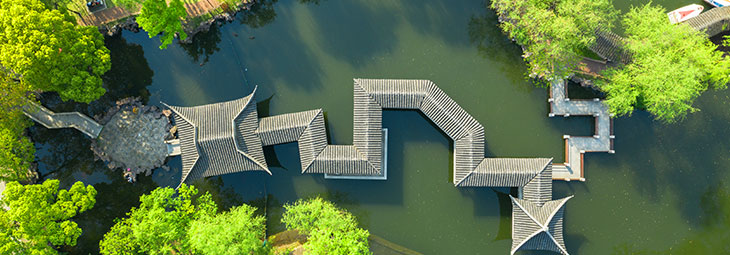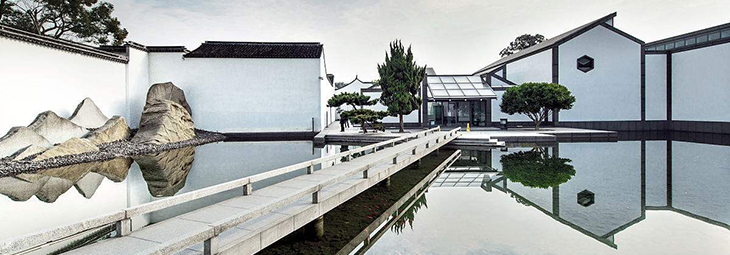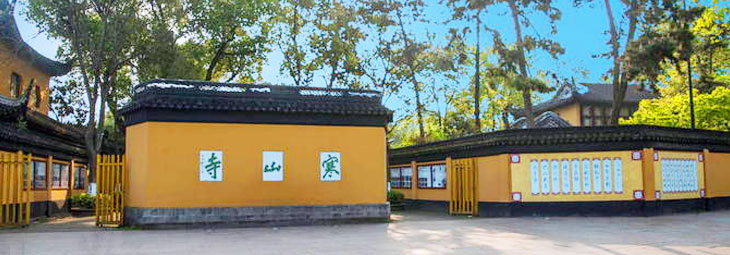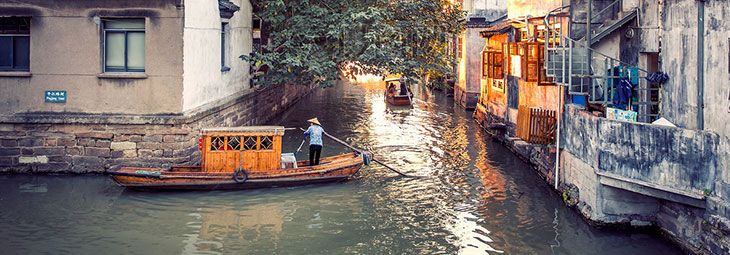2022 6th International Conference on
Energy, Environment and Resources
Important Dates
- Submission Deadline Extended: May 9, 2022
- Notification: 20-40 days after the submission
- Publication: 15-20 days after the final edition
- Conference Dates: May 28-30, 2022
Contact Us
-
 huiyi123net_may@126.com
huiyi123net_may@126.com
-
 021-51098086
021-51098086
-
 0086-18101720867
0086-18101720867
-
 2934920393
2934920393
-
 18101720867
18101720867
Suzhou(苏州) is situated on the lower reaches of the Yangtze River and the shores of Lake Tai and belongs to the Yangtze River Delta region. Shanghai lies to the east, Zhejiang Province to the south, Wuxi City to the west and the Yangtze River to the north. The city's canals, stone bridges, pagodas, and meticulously designed gardens have contributed to its status as one of the top tourist attractions in China.
May 28, 2022 is the registration time, May 29, 2022 is the keynote session and panel session for the conference, and May 30, 2022 is the time for the tourism.
Here is the tourism route (from 8:00AM to 17:00PM):
Humble Administrator's Garden (拙政园) --- Suzhou Garden Museum (苏州园林博物馆) --- Hanshan Temple (寒山寺) --- Pingjiang Street (历史老街平江路)
Humble Administrator's Garden (Figure 1) is the largest and most renowned elegant classical garden in Suzhou. Due to its unique designs and ethereal beauty, the garden has garnered many special honors. It is listed as a World Cultural Heritage site and has also been designated as one of the Cultural Relics of National Importance under the Protection of the State as well as a Special Tourist Attraction of China. The Humble Administrator's Garden was originally built in 1509 during the Ming Dynasty (1368-1644). The garden was created upon the old relics of a residence and a Taoist temple. Water feature is the main background and its natural landscape includes small forests, hills and rock formations. It also has man-made pavilions, halls and parlors.

Suzhou Garden Museum (Figure 2) was first located in the residential area of Humble Administrator’s Garden. It was built and opened in the autumn of 1992. It is the first garden museum in China. The new building of Suzhou Garden Museum is located on the west side of Humble Administrator's Garden. It was built in October 2005 and has a construction area of 3390 square meters. The museum is divided into five parts: preface hall, the history hall, the art hall, the culture hall and the end hall. The art hall is the main part which shows the Chinese classical gardening techniques of mountain,water, plant and architecture in detail.

Hanshan Temple (Figure 3); literally: "Cold Mountain Temple", is a Buddhist temple and monastery in Suzhou, China. It is located at the town of Fengqiao (lit. Maple Bridge), about 5 kilometres west of the old city of Suzhou. Traditionally, Hanshan Temple is believed to have been founded during the Tianjian era (502–519) of the reign of Emperor Wu of Liang, in the Southern and Northern Dynasties period. The current name of the monastery derives from Hanshan, the legendary monk and poet. Hanshan and his disciple Shide are said to have come to the monastery during the reign of Emperor Taizong of Tang (627–649), where Hanshan became the abbot.

Pingjiang Street (Figure 4) is located in the north-east of Suzhou. The core value of this region lies in the integrated preservation of the double-chessboard layout of Suzhou, with the streets and rivers going side by side while the water and land routes running in parallel. It is also praised as “the Ancient City of Suzhou in miniature”. The existing overall layout of Pingjiang Street has a history of more than one thousand years. However, it still remains the waterside town style, with small bridges over the flowing rivers and white walls and dark tiles, which accumulates deep cultural deposits and gathers extremely plentiful historical relics and human landscapes. Strolling in the street, you can feel the unique lingering charm of this landscape produced by its long history.

Copyright © 2016-2022 6th International Conference on Energy, Environment and Resources - All rights reserved.

